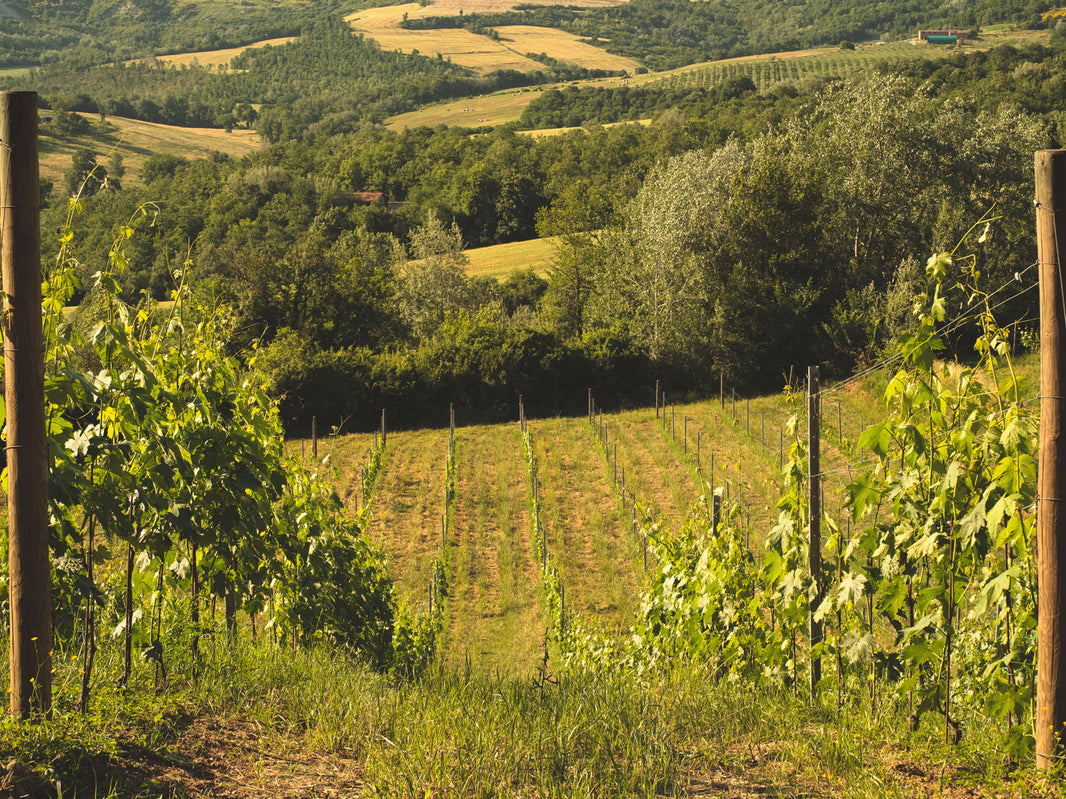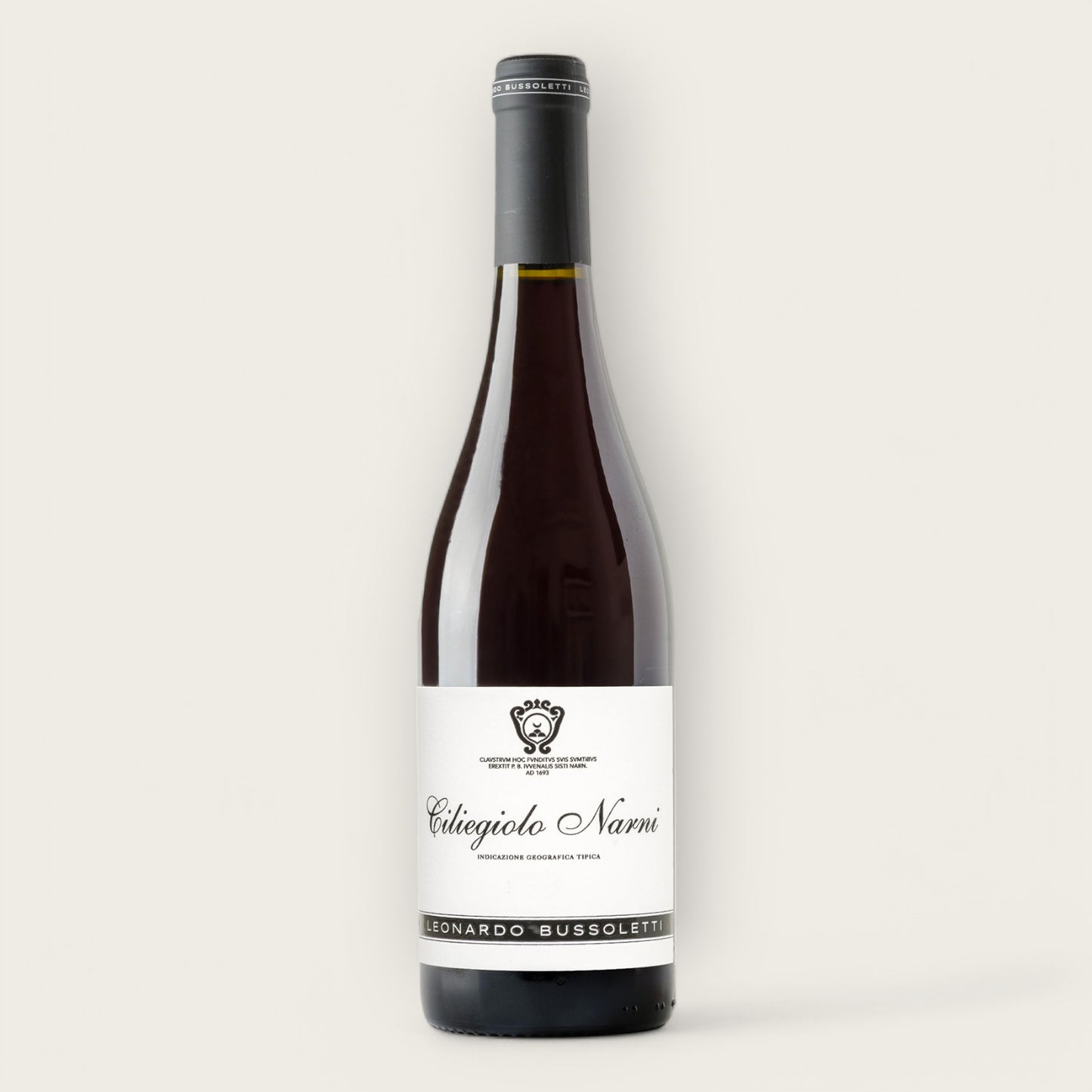Stay up-to-date with the latest news, exclusive promotions, and exciting events by subscribing to our newsletter! Sign up now and receive a 10% discount on your first purchase. Don't miss out on this great opportunity to stay connected with us and get access to special offers!
Ciliegiolo Umbria IGP - 2023
- Tax included.
05035 Rosso is a red wine based on the Ciliegiolo grape. The name Ciliegiolo (Italian for ‘small cherry’) is derived from the cherry aroma of the berries. According to tradition, Ciliegiolo was introduced from Spain around 1870 by pilgrims returning from Santiago de Compostela, which justifies its synonym, Ciliegiolo di Spagna. The wines boast an intense red color, along with aromas of cherries and strawberries. They may range from juicy to fuller in body, occasionally lacking acidity, making them a perfect complement to Sangiovese. This is a simple and easy-drinking style from Bussoletti.
The wine presents a bright ruby color with a light concentrate. Its youthful profile on the nose features fresh strawberry and raspberry notes. On the palate, it offers juicy acidity, a light structure, and a clean finish. Vinification occurs exclusively in stainless steel.
Grape Variety:
Alcohol: 13.5%
Serving Termperature °C: 12-14°C
Ageing Potential: 3-5 years
Terroir: Narni - Umbria

Bussoletti

Narni - Umbria

Umbria


